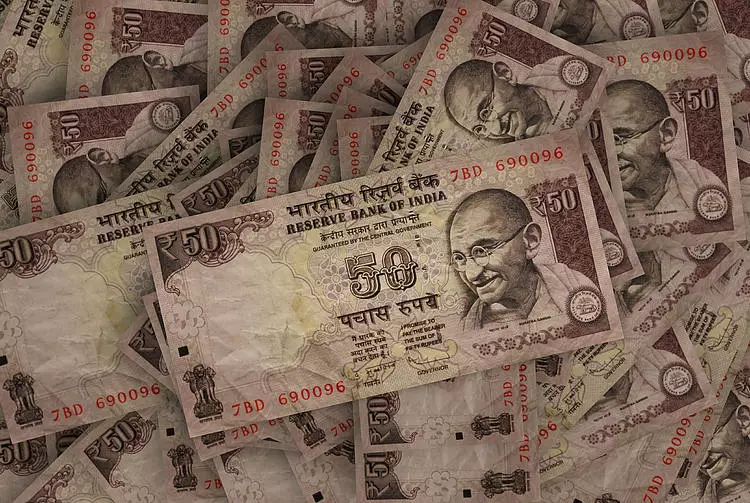The Indian Rupee (INR) has recently experienced significant volatility, particularly against the backdrop of a strengthening US Dollar (USD). As of Tuesday, the INR has dropped in value for the third consecutive day, reflecting the complexities of global economic interdependence. This downturn can be attributed to factors such as increased demand for the USD, fluctuations in crude oil prices, and a concerning trend of foreign capital outflows from India. Such dynamics underscore the inherent sensitivity of the Indian currency to external market conditions.
Several global factors contribute to the rupee’s depreciation, most notably the demand for the USD. In Asian markets, foreign banks’ robust appetite for US Dollars has placed downward pressure on the INR, amplifying concerns among investors regarding the currency’s stability. Additionally, the volatility of crude oil prices has significant implications; India’s heavy reliance on oil imports makes the INR especially sensitive to changes in oil costs. Rising tensions in the Middle East, leading to unpredictable oil pricing, further complicate the landscape for the rupee.
Moreover, the outflow of foreign investments exacerbates the situation. Many investors are moving capital out of India in search of better returns or safer investments amid global uncertainties, which leads to a depreciation of the rupee. To combat these pressures, the Reserve Bank of India (RBI) may intervene, however, such actions require careful balancing to avoid further destabilization.
As investors turn their attention to upcoming economic indicators, the HSBC India Manufacturing PMI and the US ISM Manufacturing PMI for September are under scrutiny. These figures are pivotal as they provide insights into economic health and can influence currency valuation. For instance, a strong PMI from India could bolster confidence in the INR, while a weak reading might prompt further depreciation.
Attention is also turning to statements from Federal Reserve officials, as the market closely monitors remarks from Fed Chair Jerome Powell regarding future interest rate decisions. Recent comments have highlighted that while further rate cuts may be forthcoming, they will be contingent on economic conditions. Such signals are critical since interest rate adjustments can have immediate effects on currency strength, especially for countries like India where capital flows are significantly influenced by rates offered by the Federal Reserve.
Technical Analysis of USD/INR Movements
From a technical perspective, the USD/INR currency pair showcases a bullish trend, maintaining trading levels above the 100-day Exponential Moving Average (EMA). However, the 14-day Relative Strength Index (RSI) hovering near the midpoint suggests a consolidation phase may be imminent, as market participants assess their next moves. The psychological barrier around the 84.00 mark remains a pivotal point; should the USD breach this threshold decisively, a rally to levels of 84.15 and subsequently 84.50 could follow.
Conversely, should the INR continue to weaken, the 100-day EMA at approximately 83.62 serves as a critical support level. If breached, further declines towards the 83.00 mark could indicate a prolonged bearish trend for the rupee, fostering a cautious approach among traders and investors.
The INR’s vulnerability highlights the currency’s sensitivity to a suite of macroeconomic and geopolitical factors. Beyond immediate trading considerations, elements such as inflation rates, interest rate dynamics, economic growth metrics, and foreign investment trends are crucial for long-term currency stability. For example, while high inflation can typically depress the currency’s value, if accompanied by a corresponding rise in interest rates by the RBI, this can attract foreign investment and support the rupee’s valuation.
The RBI’s role is particularly significant; its interventions in the forex market aim to insulate the rupee from excessive fluctuations while simultaneously managing inflation towards its 4% target. Thus, the interplay of these factors will shape the outlook for the INR.
Investors might find that an environment characterized by stable macroeconomic conditions, balanced inflation, and foreign investor confidence could fortify the INR against external shocks. However, as global conditions remain fluid, the INR will continue to navigate a landscape marked by uncertainty and volatility.
The Indian Rupee’s health is ultimately a reflection of a broader tapestry of economic conditions, both domestic and global. As stakeholders observe rising demand for USD, volatile oil prices, and changing foreign investment patterns, the path ahead for the INR features both challenges and opportunities that warrant vigilant monitoring.

